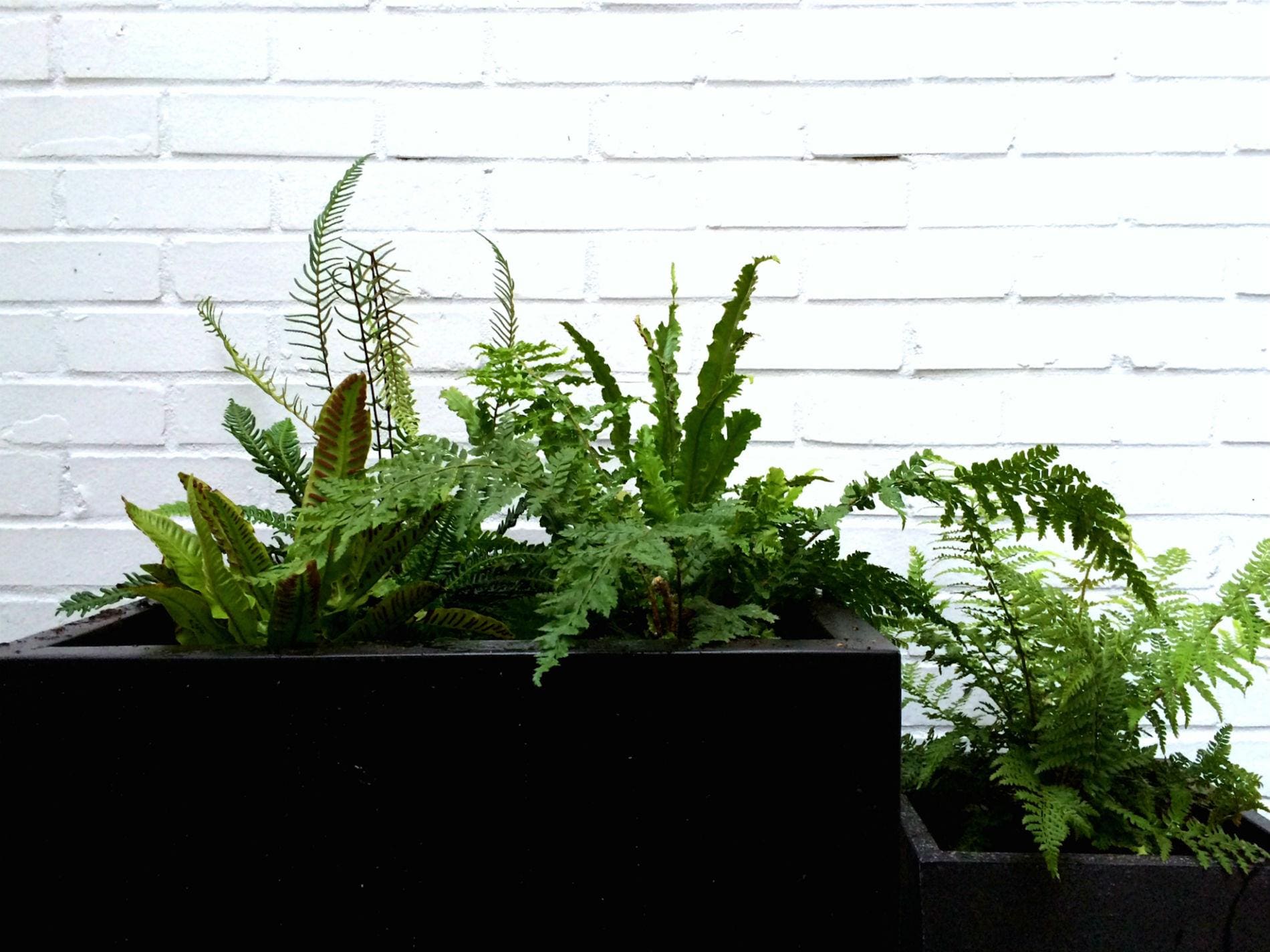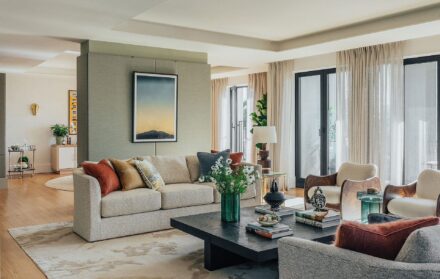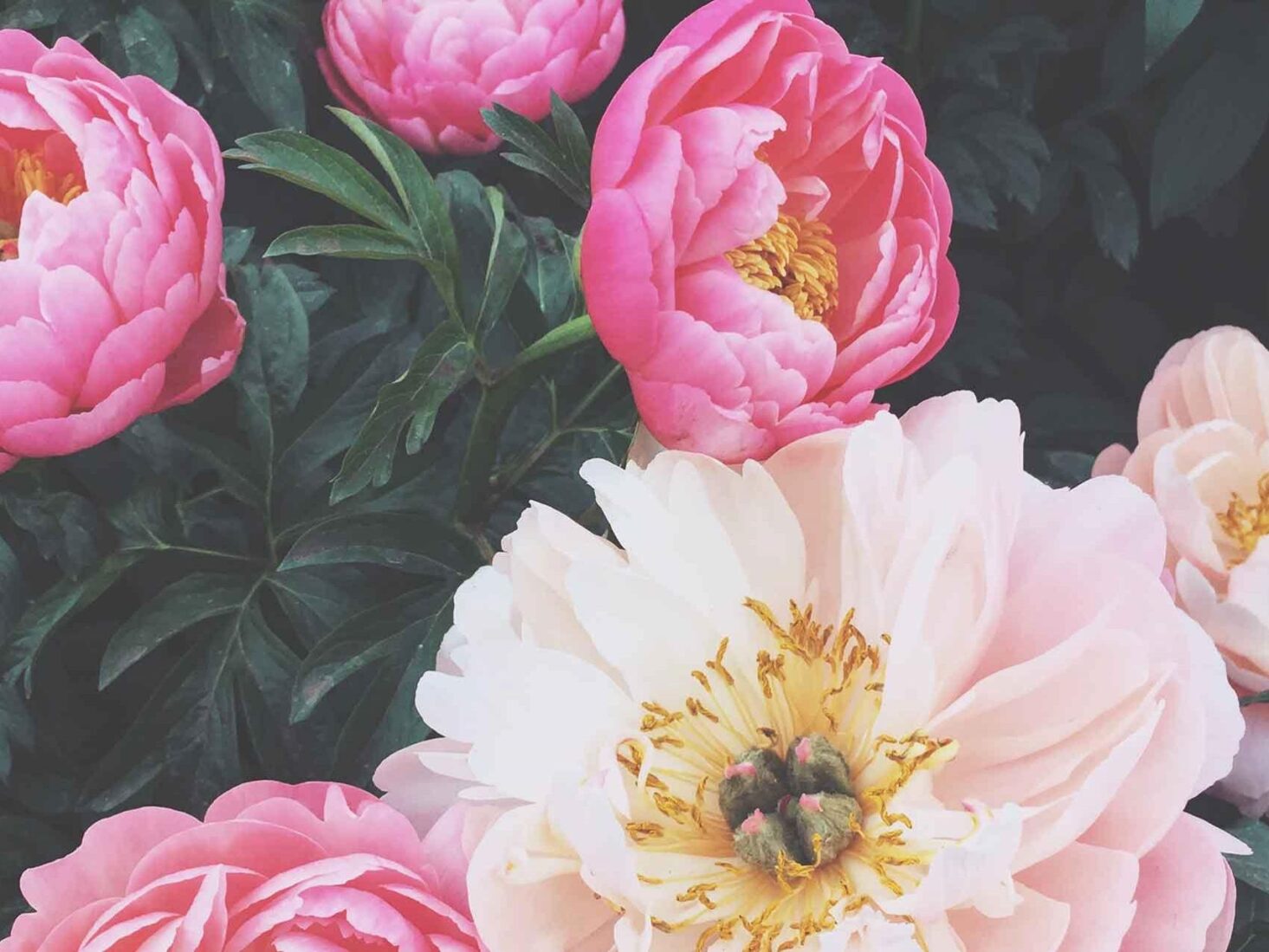
City Gardens: Transform Your Outdoor Space into a Mini Oasis
“Choose woodland-style planting in a simple green palette for an incredibly chic look”
As in most cities, in London space is at premium both inside and out. But all is not lost for the compact urban exterior; there are a number of ways to maximise space in a small city garden.
Catherine Chenery, an award-winning garden designer and botanical stylist, says careful planting is the key. Rather than laying down lawn from corner to corner, she recommends adding blocks of planting in the centre, away from the edges. “This will create a dynamic space with a lot more interest,” she explains.

Bespoke garden designer Richard Miers suggests going vertical, and urges those with small gardens not to be afraid of going big. “A couple of big containers will look better than lots of small ones, which sounds counter-intuitive but it does look better.” He also champions the use of mirrors to reflect light and make the garden appear bigger.
For inner-city balconies, the balance of space and light is important. Bear in mind that anything that can grow in a container can grow on a balcony. Instagrammer Alice Vincent (@noughticulture) has more than 10,000 followers, all keen to take tips from the green-fingered expert and her photos of traditional garden plants on her balcony.
On south-facing balconies, plants that love the sun, such as rosemary and lavender, are ideal; herbs and Mediterranean plants work well in the heat and don’t require much watering.
On north-facing balconies, plants such as ferns and woodland and evergreen shrubs do well, as they tolerate shade. On all balconies, use metal or bespoke painted wooden containers to achieve a simple and elegant look.
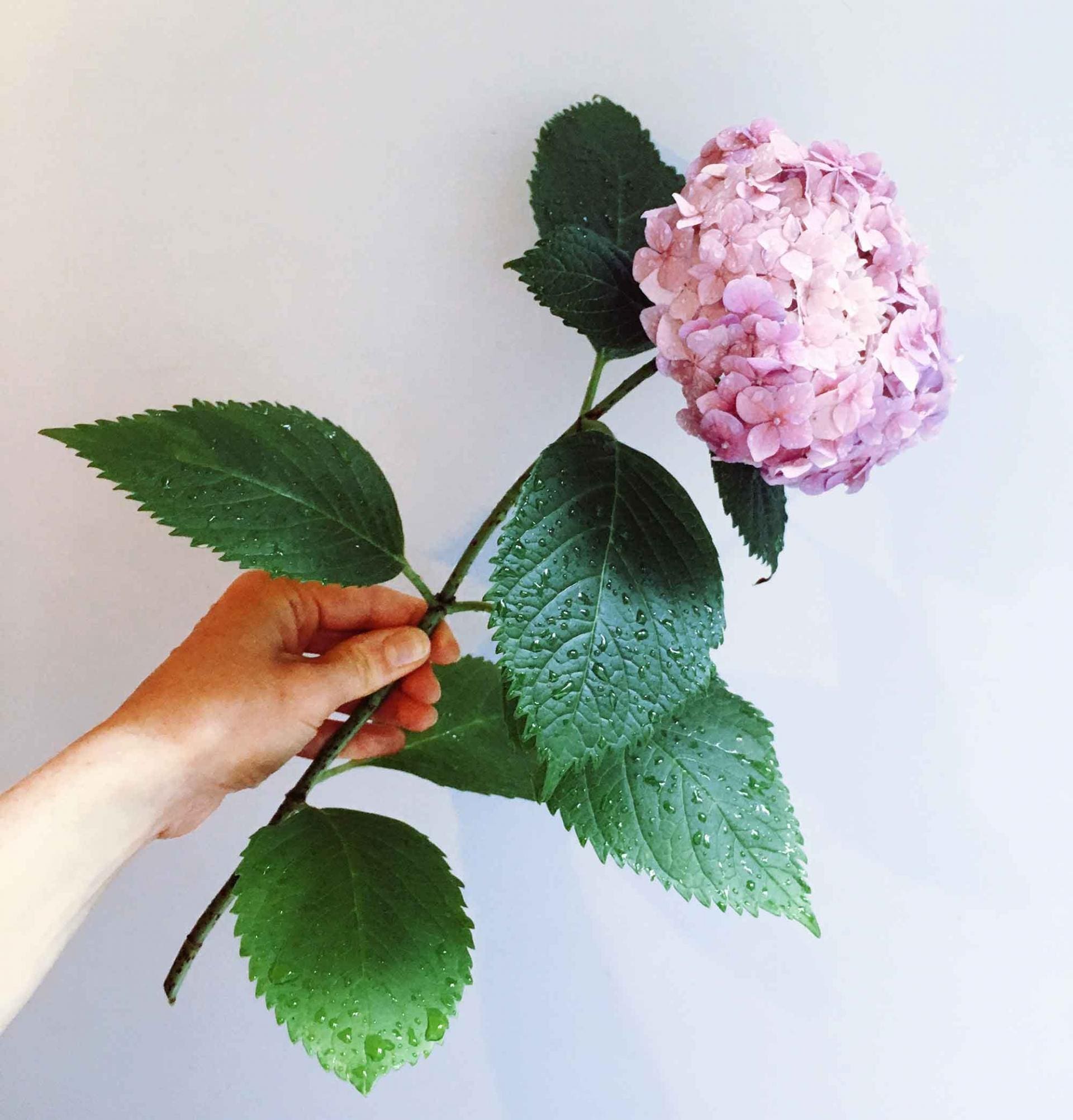
“Choose woodland-style planting in a simple green palette for an incredibly chic look,” says Chenery. “Try ferns such as Asplenium scolopendrium and Blechnum spicant, Hosta sieboldiana var. elegans and Tellima grandiflora. To add some colour, use Brunnera macrophylla ‘Jack Frost’, Liriope muscari or Digitalis.”
For the ultimate outdoor venue, garden furniture is a must. In a small space, a bold colour makes a great impact. “Use textured fabrics in cushions and throws, as well as colourful accessories and tableware,” says Chenery. It’s also worth considering storage furniture in which to keep outdoor cushions and rugs. Metal dining chairs and tables tend to be less chunky, and are often stackable or foldable. “For a bespoke option, why not ask your garden designer to incorporate storage into benches?” Chenery adds.
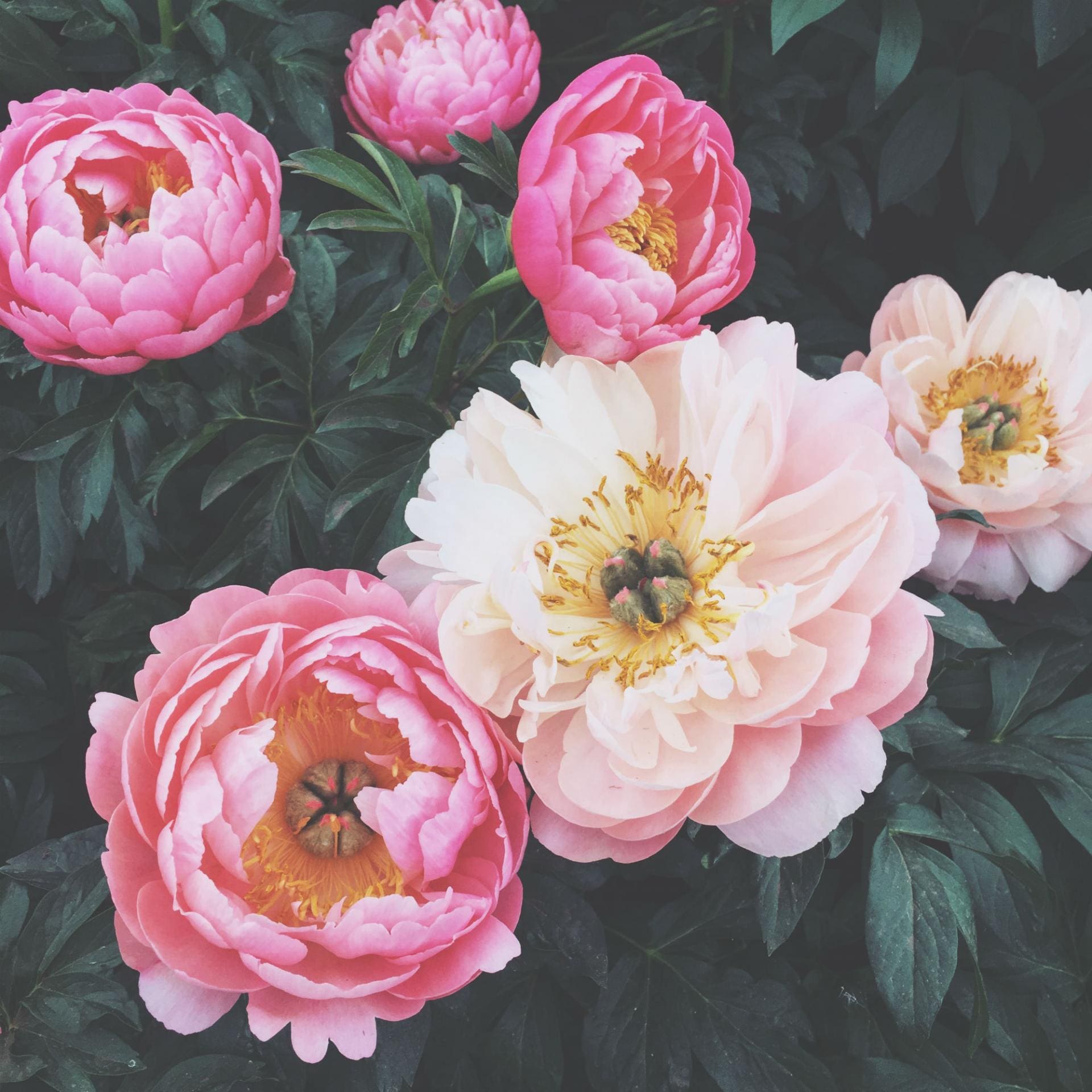
The trend for a flowing indoor-outdoor theme in small gardens and courtyards remains strong and is easily achieved. The secret is to keep the levels the same in order to give the impression of more space. The illusion of height can be achieved with climbing plants, such as Trachelospermum jasminoides grown on a trellis, or containers with shrubs or perennials arranged around the seating area.
Miers suggests using the same colours throughout the garden – including on fences and walls – and picking hues that are similar to the flooring, which will further open up the space. This also ties in with the current garden fashion for colourful garden features and flowers. If you spend any time on Instagram, you are probably familiar with the trend for big, lavish flowers, such as peonies, roses and dahlias. These beautiful, traditional blooms can easily be grown in large containers and work well in smaller gardens.
“Porcelain tiles are very popular,” says Miers, “and there is a return to using shrubs. I am noticing a mix of herbaceous flowers with shrubs and fruit and vegetables. Dahlias for late summer are very much back in fashion.”
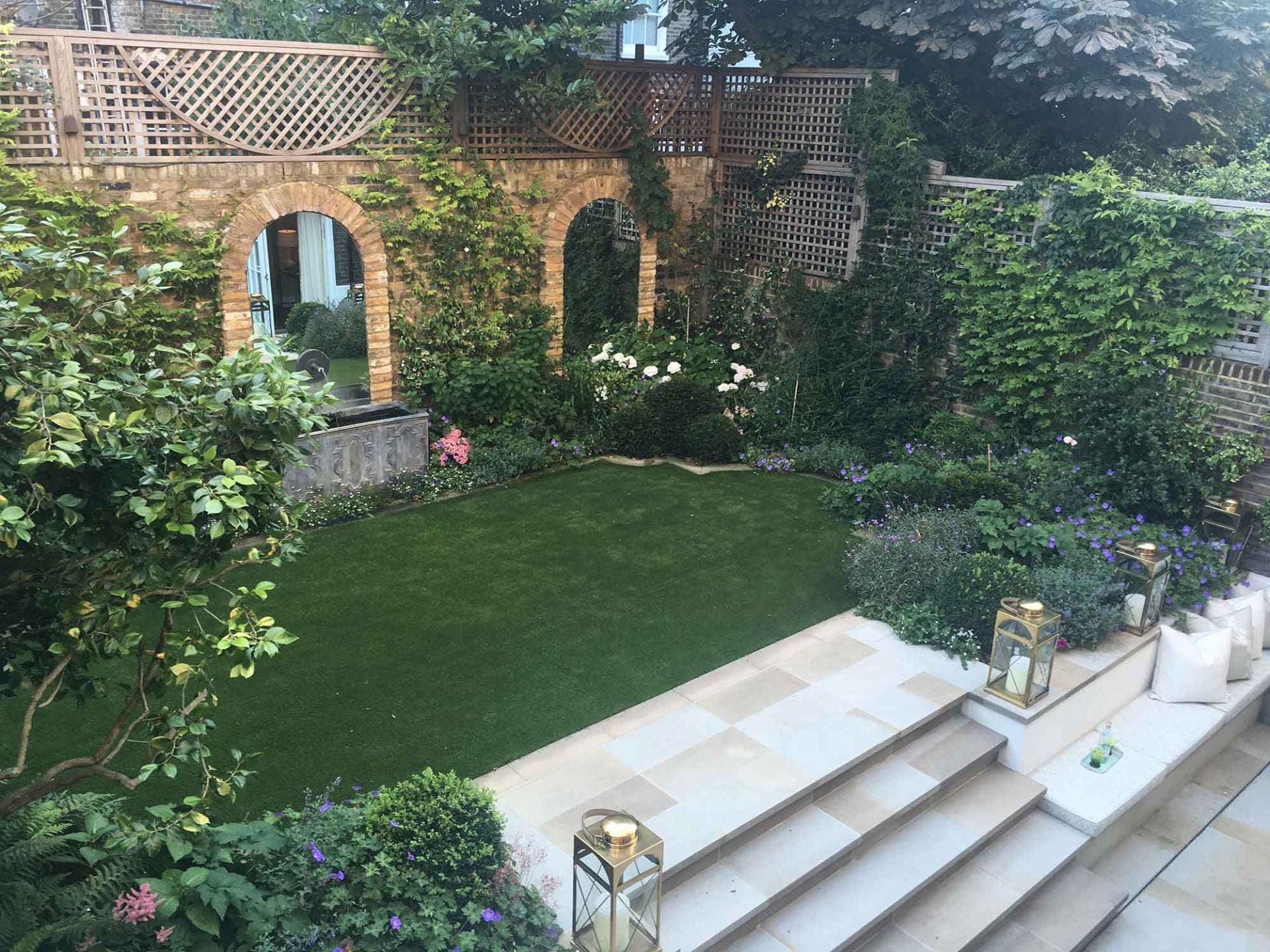
In terms of what not to do, avoid narrow borders around the perimeter of the garden, as this doesn’t give the plants enough space to blend well with one another, plus it prevents you from being able to create layers. Too many small pots can look cluttered, while too many varieties of plants can sometimes appear too busy. “Try to use a limited palette of plants, have a few rather than lots of everything – so you have rhythm and unity,” says Miers.
For a show-stopping feature, try including a manageable tree, such as an Amelanchier lamarckii, which has a light canopy. Choose a multistem specimen and plant it away from the edge, but off centre. This final flourish will provide a talking point for guests, give a small garden chic appeal, and will be easy to manage for time-poor inhabitants. It’s the perfect way to make a compact garden appear grand.
